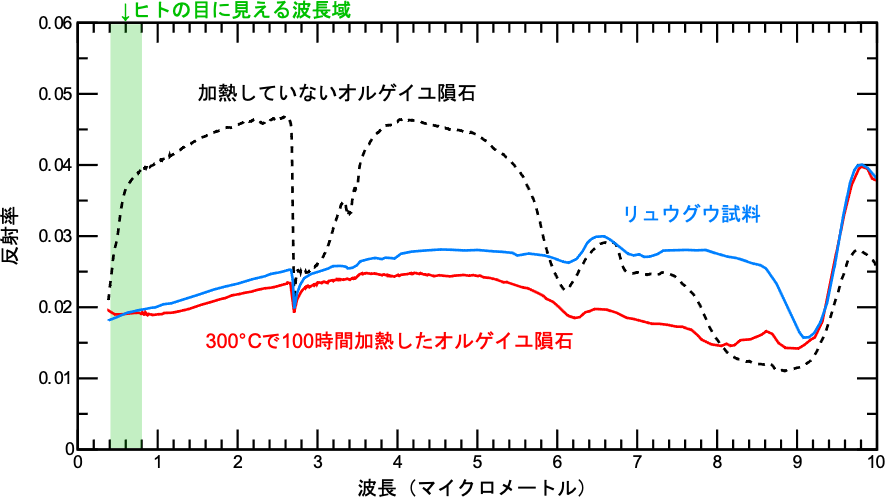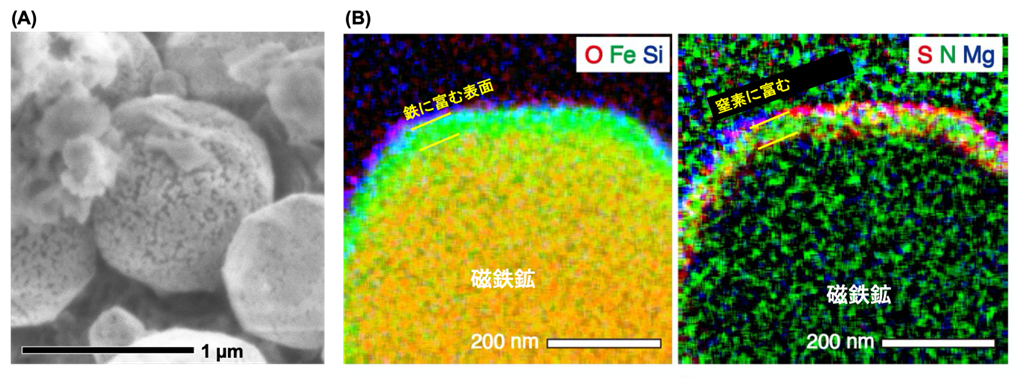Joint Press Release
Shogo Tachibana (Professor, Department of Earth and Planetary Science, ISAS)
Reflection spectra of asteroid recovered samples and meteorites provide clues to identify the constituent materials of asteroids from observationally obtained reflection spectra of asteroids.
A research group led by graduate student Kana Amano (currently a visiting researcher) and Professor Tomoki Nakamura of the Department of Earth Sciences, Graduate School of Science, Tohoku University, researcher Moe Matsuoka of the National Institute of Advanced Industrial Science and Technology (AIST), and Professor Shogo Tachibana of the Department of Earth and Planetary Science, Institute of Space and Planetary Science, Graduate School of Science, the University of Tokyo, and their colleagues have been studying asteroid samples recovered by the asteroid probe Hayabusa2 from asteroid Ryugu sample recovered from the asteroid Ryugu by the asteroid explorer Hayabusa2, and measured the reflection spectrum of the sample by devising a way to prevent it from reacting with the Earth’s atmosphere. By comparing Ryugu samples, meteorites from the same type of asteroid as Ryugu, and experimentally heated meteorites, they showed that the reaction of the meteorites with water and oxygen in the Earth’s atmosphere changed their reflection spectra to be brighter than they were in space. Based on this achievement, it is expected that the accuracy of identifying the constituent materials of asteroids by observation will be improved by considering how the reflection spectra of meteorites can change due to their alteration on the ground.
This result was published in Science Advances, a journal published by the American Association for the Advancement of Science (AAAS), on December 7, 2023.

For more information, please refer to the following
Graduate School of Science web: https://www.s.u-tokyo.ac.jp/ja/press/10144/
Publication URL: https://www.science.org/doi/10.1126/sciadv.adi3789


